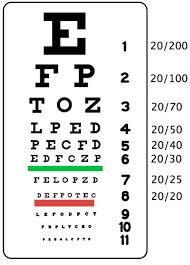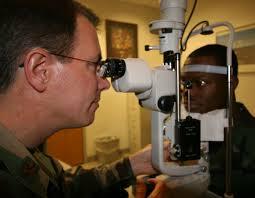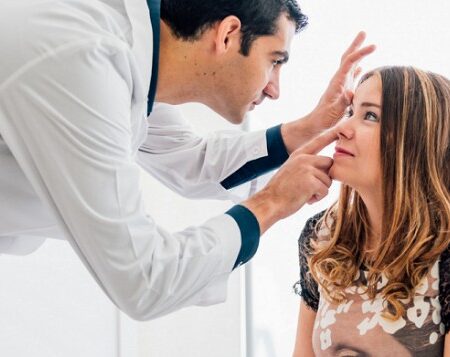No matter how you look at it, the science behind contact lenses is complicated. Contact lenses must correct for all types of vision related issues, as well as conform to the shape of your eyes. They must be customized for each individual patient and for that reason, a contact lens exam can seem like a lengthy and involved process.
With that said, once you understand, or in most cases begin to understand the function of each test, scan, and medical device used during a contact lens fitting, you get to see that the process is actually kind of neat. If you’re wondering what to expect during a contact lens exam, read through this guide before your first appointment, or your next one if you’ve gone already, and you might just see your exam in a new light!
How much is a contact lens exam?
Regardless of where you go, a contact lens exam and fitting will cost more than an eyeglass exam. This is because a contact lens exam involves all of the visual tests of an eyeglass exam, as well as additional tests and scans. Depending on where you live the cost of a contact lens exam will be different, but it is usually two to three times the cost of an eyeglass exam.
What is the visual portion of the exam like?
If you’ve ever had eyeglasses before, then you’ve gone through this portion of the exam before. Contact lenses correct for the same types of vision related conditions as eyeglasses, and therefore many of the same charts and tests are used to determine what kind of correction you need and how powerful it should be. Be prepared to read some letters and numbers
What is a contact lens fitting?
This is where the examination really gets going. Aside from vision, your eye doctor needs to ensure your contacts will fit correctly and will perform a number of tests and scans to determine the size and curvature of different parts of the eye. A one-size fits all approach may work for a lucky few, but for the vast majority of us, a high degree of customization is a necessity.
Your ophthalmologist or optometrist will use a device called a keratometer to measure and document the surface of the cornea. This device measures the way light reflects off of the eye’s surface, and there are other computerized scans to take these measurements with even more accuracy. Size of the pupil is then measured in relation to the rest of the eye, using a digital scan or a simple comparative chart.
What if I have regular dry eyes?
One step of the process is to determine the ability of the glands surrounding your eyes to produce tears, which helps to keep them from drying out. This will affect the type of contacts your eye doctor prescribes, as contacts made from certain materials that have been made in recent years are helpful for those with dry eye syndrome.
How do I know if my contacts fit properly before I leave?

As part of your contact lens exam, your eye doctor will examine the way your contacts, or ones similar to the lenses being prescribed, sit on the eye’s surface after a brief period of wear using a microscope smaller than any you or I have ever seen before. It’s really kind of cool. He or she will end up using it during routine visits, typically once a year, to examine the eyes without your lenses in to check for any indications that a change is necessary.
We now hope that the process of getting a contact lens exam seems a bit less intimidating, and even a little fun! Good luck, and we’re sure that your new contacts will look and feel great.
Subscribe to our email newsletter to get the latest posts delivered right to your email.

